Zygopetalum orchid is a variety originating from the Americas. The species of this variety differ in color, size, shape of the petals, their color, but they also have similar characteristics. Care is simple, but selected for each species separately. Translated from the Greek language "zygopetalum" means cup-shaped leaves - a trait that unites all subspecies of the type.
Content
What does it look like
Zygopetalum flower is a type of orchid with glossy petals. Long shoots, proper planting and care stimulate growth to 50-70 centimeters in length. The stems are strong, stable, in some situations they break, which indicates emerging diseases that threaten normal development. They are formed in the form of inhomogeneous layers - one after another the layers are superimposed, and an uneven stem rises above the ground, which characterizes sympodial growth.
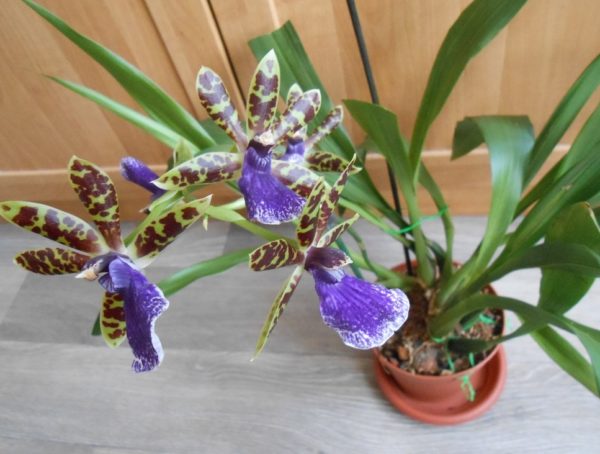 Zygopetalum, whose species are similar to each other, has a different root system. The roots are mainly debugged in white, characterized by a special density, an unusual shape - sometimes the roots are so branched that occupy 90% of the entire pot. In other cases, they are less branched, forming one large thick root with small branches.
Zygopetalum, whose species are similar to each other, has a different root system. The roots are mainly debugged in white, characterized by a special density, an unusual shape - sometimes the roots are so branched that occupy 90% of the entire pot. In other cases, they are less branched, forming one large thick root with small branches.
The branched root allows you to catch on any vertical or horizontal surface, so Zygopetalum is often called a parasite. Due to these growth features, an orchid has a peculiar way of feeding - it is enough for the roots to get moisture from the air, the need for nutrition from the earth is minimized. Usually, the function of photosynthesis in plants is performed by leaves, but Zygopetalum is so unique that it is able to organize self-feeding in bright light. To protect against mechanical damage, the root is covered with velamen - a special porous fabric that transmits water, light, but protects from bumps, cuts and other things.
Species and the best varieties
Trying to diversify the unusual Zygopetalum, breeders recreated several special species:
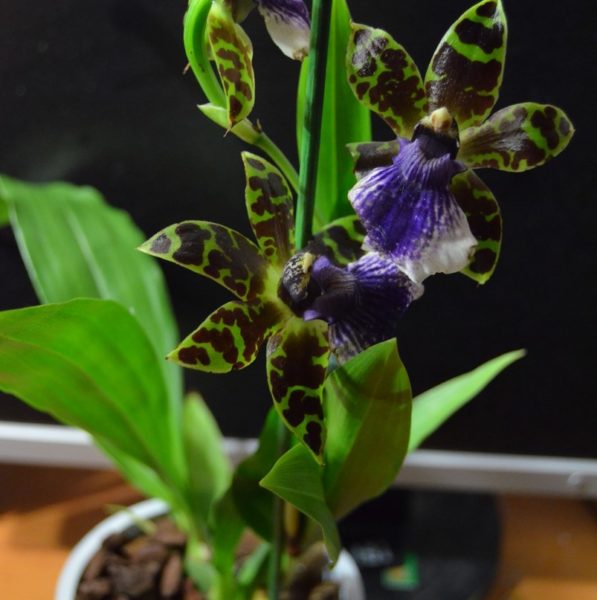
- Maxillare. It has a high and strong stem, reaching 35 cm in height. Most often, during the flowering season, up to eight buds can form simultaneously on the stem. The petals at the bud most often have a bright burgundy or bright pink color, and the tips themselves form a green rim on the sides. The base of the bud is dark purple, with small bright gaps in the middle. The stems are solid, even, without rings. The root is branched, easily adapting to life in any conditions.
- Zygopetalum blue angel. Rhein Blue Angel has a deep blue, violet or pale blue color. Blue Rhine stems with rings, which characterizes the culture as a classic orchid. One of the most difficult species to care for, any damage becomes critical - the plant begins to bend, wither. The aroma is harsh, with hints of ground black pepper. The petals open completely, which opens a bright, dense bud and looks spectacular.
- Zygopetalum Trozi Blue. The thin and tall stalk of the plant is covered with delicate transparent leaves and petals. Despite the name, Trozi Blue does not have blue flowers. Most often, the leaves are bright yellow, yellow-lilac, burgundy white and yellow-white. It has a delicate pleasant aroma.
- Three hundred.Of all species, it has the shortest stem - only 20 cm, half of which always sits tightly in the ground. The flowers are very large, in diameter can reach 10 cm. The outer part is always burgundy, and the bottom has a white, lilac hue. The stems are smooth, solid, branched roots, tangled.
- Lucendorf (in some sources, Luisendorf. A flower with the most varied possible buds - from pale blue to bright pink. The flowers are medium-sized, on the bush their number reaches 10-15, which is why flower growers especially love them. The stalks are thin but steady. Aroma delicate floral.
Basic landing rules
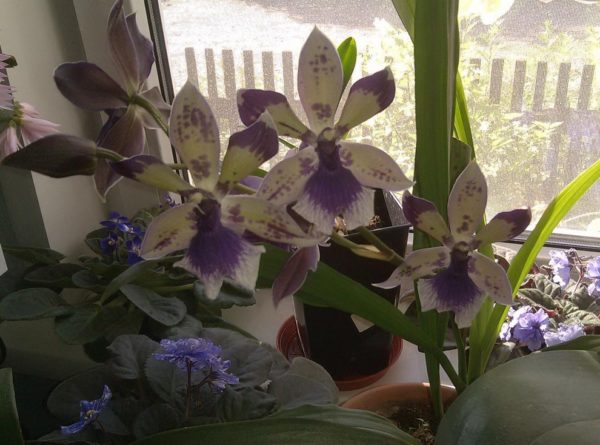 Flower development begins with a pot, selecting a substrate and continues with regular watering, fertilizing the plant. Zygopetalum orchid: careful care at home, each stage must be treated with due attention.
Flower development begins with a pot, selecting a substrate and continues with regular watering, fertilizing the plant. Zygopetalum orchid: careful care at home, each stage must be treated with due attention.
In general, an orchid requires a lot of space for proper growth - the wider the space where it grows, the better. It is better to use a glass pot - the roots do not stick too much to it, which does not spoil them, but the light-loving plant also receives better light. It is not recommended to use clay containers, since the roots stick to hard clay, are destroyed, the nutritional system works worse. In addition, in such a flowerpot, it is more difficult for a flower to breathe.
Land for orchids should be rich in trace elements and vitamins. You can create it yourself, or you can buy a ready-made collection. Irrigation, transplantation depend on the selected type of land. A suitable substrate must guarantee:
- charcoal - to absorb excess moisture;
- moss-sphagnum - to combat bacteria and the development of diseases;
- pine bark - to ensure drainage;
- fern roots - contaminated substances are drained from the root system.
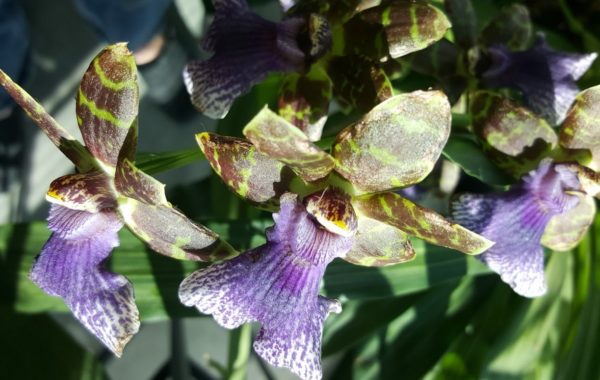 Substances need to be mixed depending on what effect needs to be achieved: strengthening the flower in the new soil, resuscitation after a negative environmental impact. The composition is influenced by the individual conditions of the apartment in which the orchid grows. If the apartment has dry and warm air - orchid care is necessary with the use of a large amount of moisture, it means that the soil should also be selected, which retains water, if the humidity is increased on the contrary, it is worthwhile to make up the soil with moss so that the water is supplied in batches.
Substances need to be mixed depending on what effect needs to be achieved: strengthening the flower in the new soil, resuscitation after a negative environmental impact. The composition is influenced by the individual conditions of the apartment in which the orchid grows. If the apartment has dry and warm air - orchid care is necessary with the use of a large amount of moisture, it means that the soil should also be selected, which retains water, if the humidity is increased on the contrary, it is worthwhile to make up the soil with moss so that the water is supplied in batches.
Seed cultivation: takes a long time - from planting to the first appearance of the sprout takes about three years, the first flowers appear after another year and a half. Reproduction from the tuber: use young, elastic bulbs, which are transplanted into a substrate well fertilized with useful elements and substances. Care for zygopetalum should be systematic: fertilizer once a month or, if necessary, regular watering. At first, you need to monitor the bulb: if it begins to rot, you should significantly reduce the amount of water used and switch to spraying. Growing from the arrow: after flowering is complete, the shoot forms a new peduncle, from which a young orchid is formed.
Zigopetalum Orchid Care: Features
The growth of zygopetalum is influenced by several components:
- illumination;
- temperature condition;
- watering;
- humidification of air;
- fertilizer;
- getting rid of pests.
Zygopetalum needs a lot of light. In order for the root system to be saturated with vitamin D, it is recommended to plant the plant in a transparent pot.
At the same time, about 4-5 hours of direct sunlight per day are sufficient for a flower. With an excess of light, the buds can burn out, for the same reason the leaves turn yellow.The temperature in the room should not exceed 25 degrees of heat, and humidity should not be more than 30%. Otherwise, due to the effect of the bath, the plant will begin to deteriorate and rot.
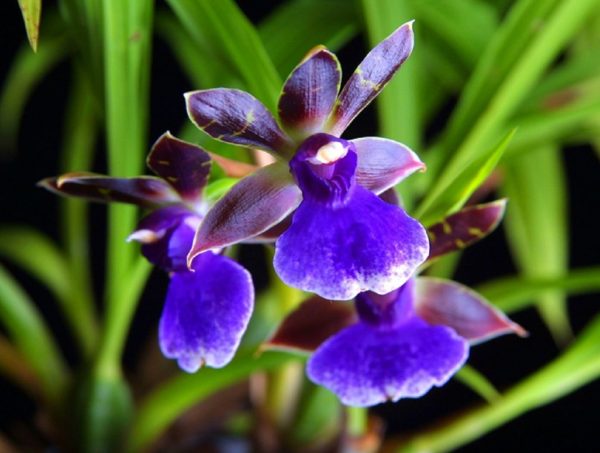
For watering, it is recommended to use non-chlorinated fresh water. It is pointless to water the plant with boiled water. For more effective hydration every few months, it is recommended to immerse the entire root system in a container of water. In general, the soil should always be moist. Fertilizer to choose without potassium and phosphorus, as they destroy the protective layer of the root. Spray the leaves with water with the addition of nutrients.
To get rid of pests, the plant needs to have a contrast shower every day.
During flowering, do not touch the plant, any intervention can confuse the plant. When transplanting, the earth must contain at least 50% of nutrients, so that the plant is easily taken.
Independently propagate a flower can only be one way - rhizome, that is, division. Dry the slices and treat them with potassium permanganate or charcoal to avoid possible infections. Then plant in a prepared soil rich in vitamins and minerals.
Zygopetalum orchid diseases and resuscitation
The most dangerous pest is a spider mite, which can be eliminated by treatment with a strong stream of water. To prevent its occurrence, it is worth adding lime to irrigation water.
Most dangerous diseases - decay, fungus and bacterial diseases. They are easier to prevent than to cure, so you should ensure that the flower has the correct conditions without moisture, which is a provocateur of the spread of many diseases.
Resuscitation is an improvement in the conditions of the flower. Establishing a watering, fertilizing regime. However, effectiveness depends on how early the problem was discovered. The faster, the higher the chance of a full recovery. To save, take the following steps:
- replace the soil;
- change the type of fertilizer used;
- change daylight hours.
To resuscitate plants, it is imperative to trim the damaged parts. Cut places with potassium permanganate or charcoal. A completely healthy plant is transplanted into the new land.
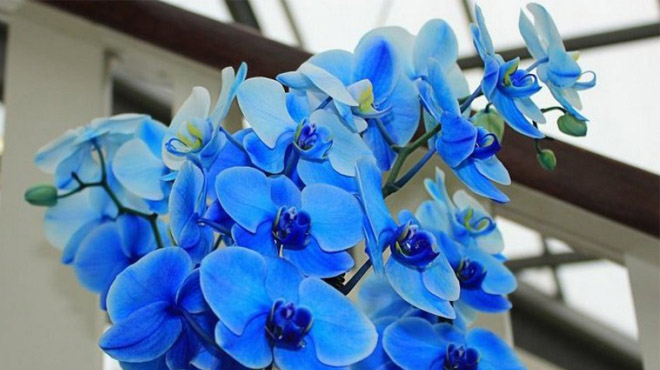 You may be interested in:
You may be interested in:Zygopetalum is a sensitive plant that requires attention. By organizing regular watering, fertilizer, florist helps the flower to grow and develop with dignity.

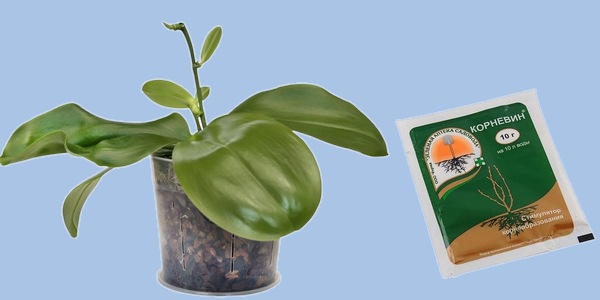
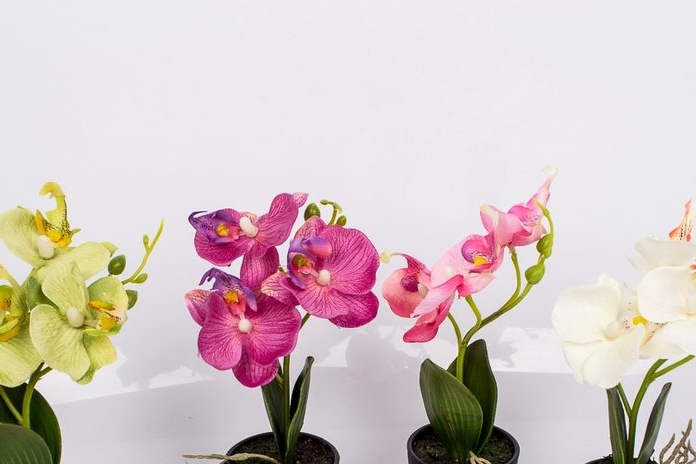
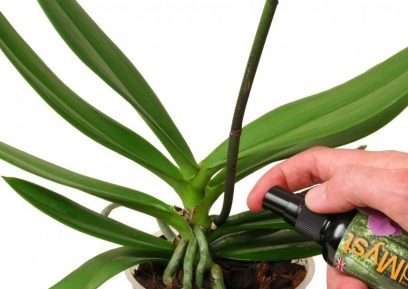
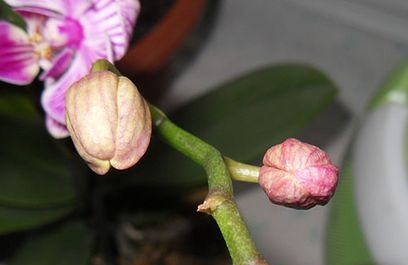 Reasons why orchids fall flowers and what to do
Reasons why orchids fall flowers and what to do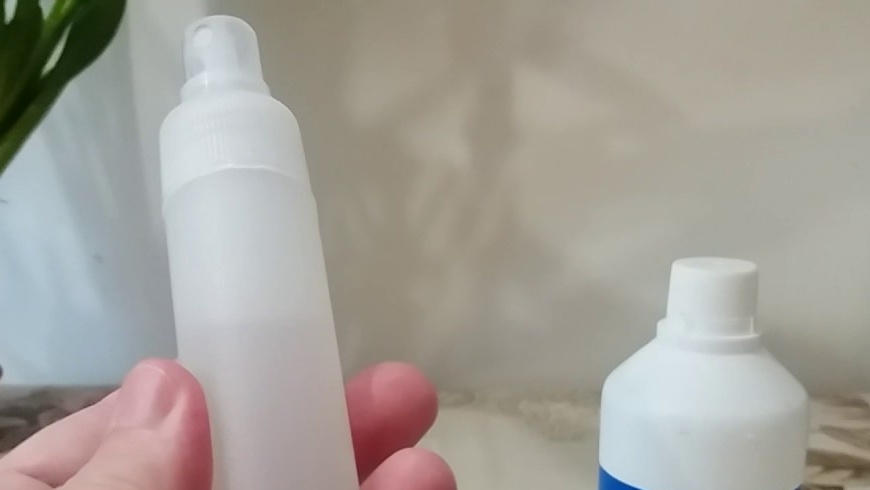 How to use hydrogen peroxide for orchids and why
How to use hydrogen peroxide for orchids and why Midges are wound up in the orchid: effective ways to get rid
Midges are wound up in the orchid: effective ways to get rid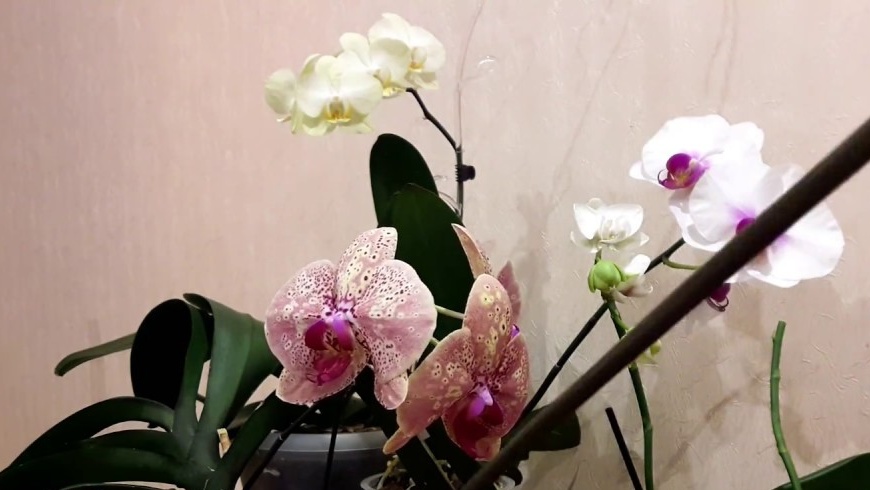 Is it possible to transplant an orchid during flowering
Is it possible to transplant an orchid during flowering